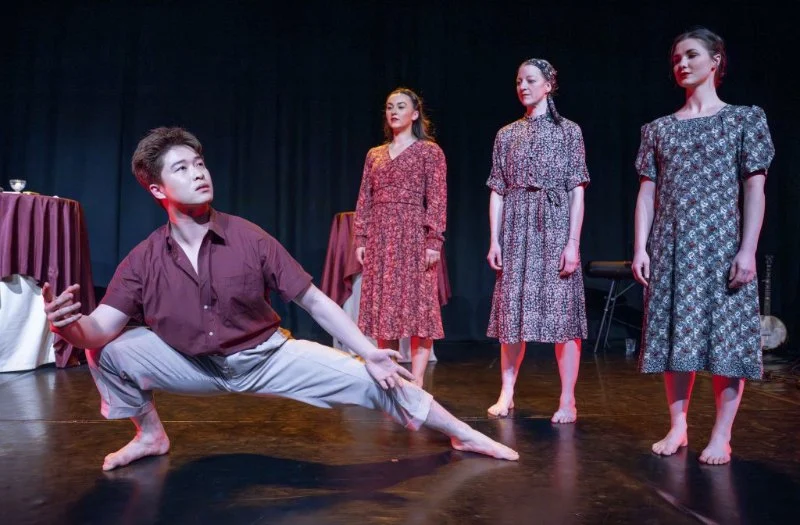
What is Dance Criticism? How to Read and Write Reviews
- Understanding Dance Criticism
- The Purpose and Value of Dance Reviews
- How to Read Dance Reviews Effectively
- How to Write Thoughtful Dance Criticism
- Common Mistakes to Avoid in Dance Reviews
- The Evolving Role of Dance Criticism Today
1. Understanding Dance Criticism
Dance criticism is both an art and a form of cultural analysis. It’s the practice of observing, interpreting, and evaluating dance performances with the intent of helping audiences, artists, and even choreographers understand the deeper layers of movement and expression. Unlike casual opinions shared after a show, true dance criticism is informed, thoughtful, and grounded in both technical knowledge and emotional response.
Criticism bridges the gap between performance and public understanding. A skilled dance critic can articulate how lighting, music, choreography, and emotion blend to form a meaningful artistic statement. At Creative Edge Dance Studio, we encourage dancers to study criticism not just to receive feedback but to develop a richer perspective on the art they create and consume.
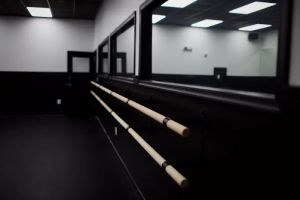
Class Act Performing Arts / class act studios
EdgewaterAnne Arundel CountyMaryland
161 Mitchells Chance Rd, Edgewater, MD 21037, USA
2. The Purpose and Value of Dance Reviews
The role of dance criticism goes far beyond simply labeling a performance as “good” or “bad.” A well-crafted review provides context — connecting the choreography to historical traditions, social movements, or artistic innovations. It also serves as documentation of ephemeral art, preserving insights about performances that may never be repeated in exactly the same way.
Dance reviews help audiences refine their tastes and deepen their appreciation. For dancers and choreographers, reviews can serve as constructive feedback, offering valuable perspectives on how their work is being received. When done with integrity and insight, criticism becomes part of the creative dialogue that pushes the art form forward.
Some of the greatest dance critics, such as Arlene Croce and Deborah Jowitt, were not merely observers — they were participants in shaping the way society perceives dance as a legitimate and intellectually rich art form.

Feet of Fire Dance Academy / dance fire studio
SalisburyWicomico CountyMaryland
337 Civic Ave, Salisbury, MD 21804, USA
3. How to Read Dance Reviews Effectively
Reading a dance review requires more than scanning for star ratings or praise. It’s about interpreting the critic’s insights and understanding their frame of reference. Every reviewer brings personal taste and experience to their writing — knowing this helps you engage critically with what you read.
Here are a few tips for readers:
- Look for context: Does the critic mention the choreographer’s background or influences? This helps you understand the artistic lineage of the work.
- Focus on description, not judgment: Good criticism paints a picture of the performance so vividly that you can almost see it.
- Consider tone and perspective: Is the review analytical, emotional, or personal? Each approach reveals different insights into the performance.
At Creative Edge Dance Studio, we often encourage students to analyze published dance reviews as a way to train their observational skills. Learning to read critically enhances one’s ability to dance and choreograph with greater awareness.
4. How to Write Thoughtful Dance Criticism
Writing a compelling dance review requires balancing emotion with analysis. It’s not enough to describe what happened on stage — the critic must explore what it meant and why it mattered. A strong review provides an intellectual and sensory experience for the reader, combining technical understanding with evocative language.
To write effectively, consider the following:
- Observe deeply: Notice details like posture, use of space, rhythm, and interaction among dancers.
- Connect the performance to broader themes: Does it speak to identity, culture, or social change?
- Be fair and constructive: Criticism should invite dialogue, not shut it down. The best reviews respect the artist’s intention while still offering honest reflection.
Writers should also remember that the audience for dance criticism varies — from seasoned professionals to newcomers. Using accessible language while maintaining depth ensures that your insights reach and resonate with a wide readership.
5. Common Mistakes to Avoid in Dance Reviews
Even experienced critics can fall into traps that weaken their writing. Here are common pitfalls to avoid:
- Overemphasizing personal taste: Reviews should prioritize objective observation over personal preference.
- Ignoring context: Every performance exists within cultural, historical, and stylistic frameworks — overlooking these can lead to shallow analysis.
- Being overly vague: Words like “beautiful” or “powerful” mean little without explanation. Describe why the performance felt that way.
A strong review is clear, grounded, and specific. It values the complexity of the art form while guiding readers through its nuances. Critics who master this balance often earn respect from both audiences and artists alike.
6. The Evolving Role of Dance Criticism Today
In the digital era, dance criticism has expanded beyond newspapers and magazines. Social media platforms, blogs, and online video channels now allow dancers and fans alike to share their perspectives instantly. While this democratization has made criticism more accessible, it has also blurred the lines between professional critique and casual commentary.
Nonetheless, the essence of dance criticism remains the same: to observe with empathy, analyze with intelligence, and communicate with clarity. In a world saturated with quick opinions, well-written reviews stand out as thoughtful contributions to the ongoing conversation about art and meaning.
At Creative Edge Dance Studio, we encourage both dancers and enthusiasts to engage in dance criticism — whether as writers, readers, or performers. Learning how to articulate what you feel and see not only deepens your connection to dance but also helps preserve the vitality of this ever-evolving art form.
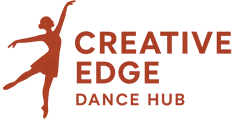

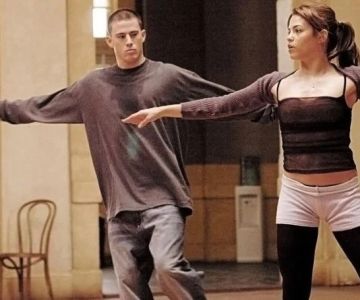
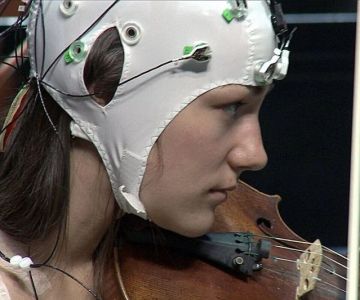



 En Arabesque Dancewear4.0 (14 reviews)
En Arabesque Dancewear4.0 (14 reviews)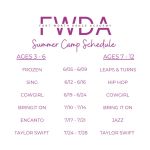 Fort Worth Dance Academy4.0 (3 reviews)
Fort Worth Dance Academy4.0 (3 reviews) Inna's Hall of Fame Performing Arts Conservatory4.0 (57 reviews)
Inna's Hall of Fame Performing Arts Conservatory4.0 (57 reviews) Dancer's Workshop4.0 (13 reviews)
Dancer's Workshop4.0 (13 reviews) Create Me4.0 (89 reviews)
Create Me4.0 (89 reviews) Twinkle's Dance Academy5.0 (161 reviews)
Twinkle's Dance Academy5.0 (161 reviews) The Best Dance Styles for Improving Agility and Speed
The Best Dance Styles for Improving Agility and Speed How to Find a Dance Class That is Accessible for All: A Guide for Everyone
How to Find a Dance Class That is Accessible for All: A Guide for Everyone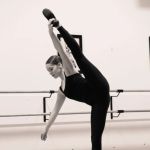 How to Document Your Dance Journey Through Video or Journaling
How to Document Your Dance Journey Through Video or Journaling The Etiquette of Social Dancing After Taking Classes
The Etiquette of Social Dancing After Taking Classes The Best Dance Styles for Improving Rhythm and Timing
The Best Dance Styles for Improving Rhythm and Timing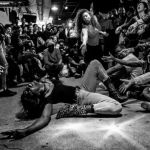 What is Vogue? The Five Elements of Voguing and Their Impact on Dance Culture
What is Vogue? The Five Elements of Voguing and Their Impact on Dance Culture